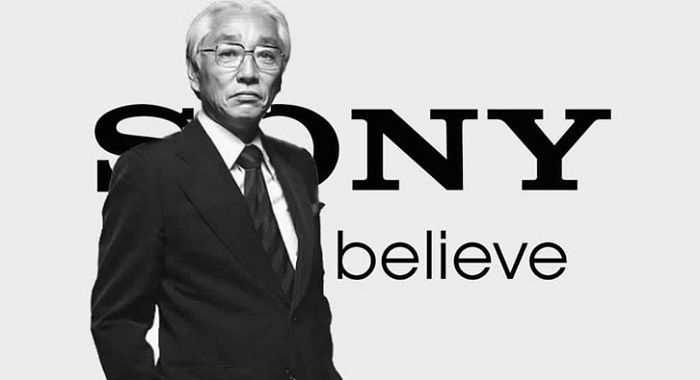Things have changed since Nobutoshi Kihara sketched out designs for the revolutionary Walkman on a piece of paper. Despite a disastrous few years for the famous Japanese company, the ground-breaking Sony engineer says the electronics giant still has its spirit of innovation. A protege of Sony co-founders Masaru Ibuka and Akio Morita, Kihara is the little-known face behind Japan's first magnetic tape recorders, portable tape recorders, music stereo systems, Betamax video and digital cameras. Kihara, who has slipped quietly into retirement after almost six decades at Sony, also played key roles in improving the company's televisions and mini video cameras. "We did not think about expanding for the sake of expansion. We just grew,'' he says. "Back in my day, we had to draw product designs on paper. I would close my eyes and imagine our products. Proud to have been a Sony employee and former student of Ibuka, Kihara says the company's rank-and-file engineers will keep pushing the technological boundaries. "I'm confident that our soul as engineers is being passed on to young people.

